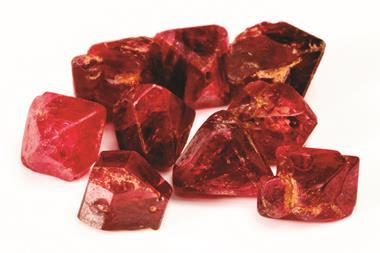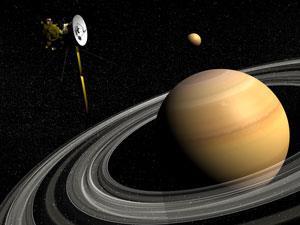Research reveals the atmospheric composition of a super-Earth for the first time
After 25 years of service, the Hubble Space Telescope is still unveiling chemical curiosities throughout the universe and now it has helped astronomers to reach another milestone. A group of UK researchers has successfully detected an atmosphere wrapped around a super-Earth.
In 2004, astronomers discovered the first super-Earth, 55 Cancri e, which revolves around a star 40 light-years away from our own planet, and has eight times its mass. Many believe the planetary body to be partly made up of diamond, but little is known about its atmosphere.
Now, scientists based at University College London have used the Wide Field Camera on board Hubble to obtain information about the gases swirling around 55 Cancri e. By looking at whether light from the parent star is filtered when 55 Cancri e passes in front of it, the team were able to determine the super-Earth has an atmosphere rich in hydrogen and helium. Their observations also indicate the presence of hydrogen cyanide, suggesting carbon compounds may also make up part of its atmosphere.
References
A Tsiaras et al, 2016, arXiv: 1511.08901v2












No comments yet